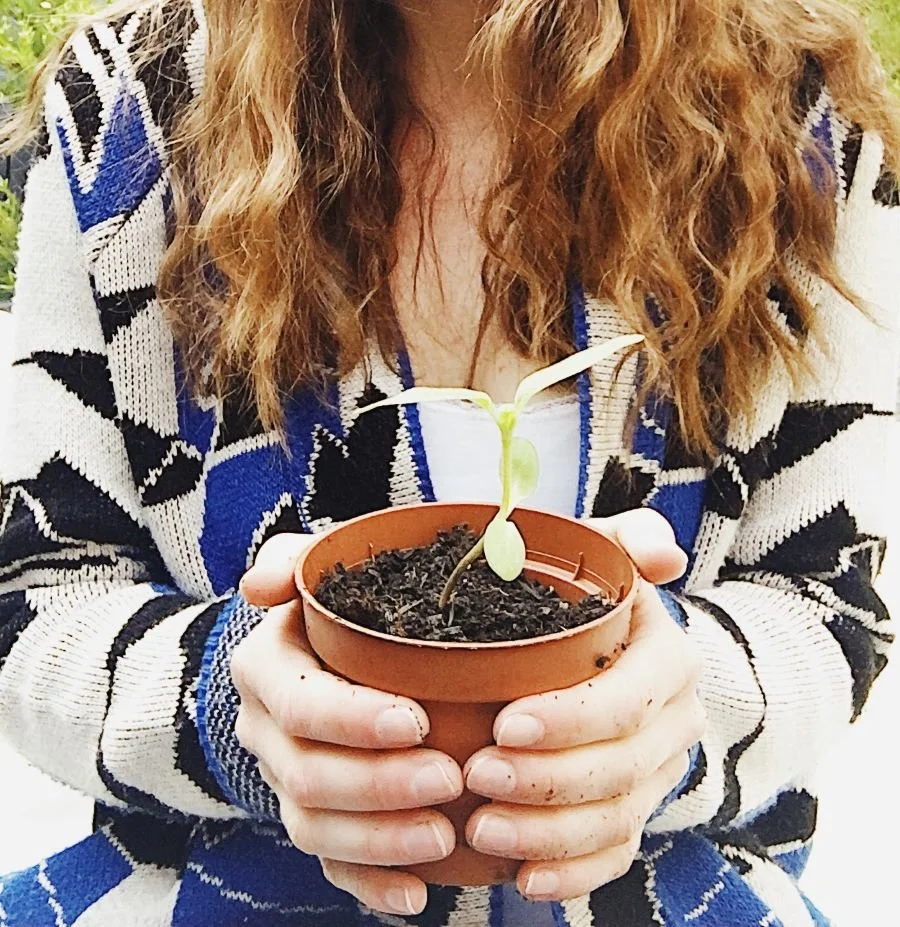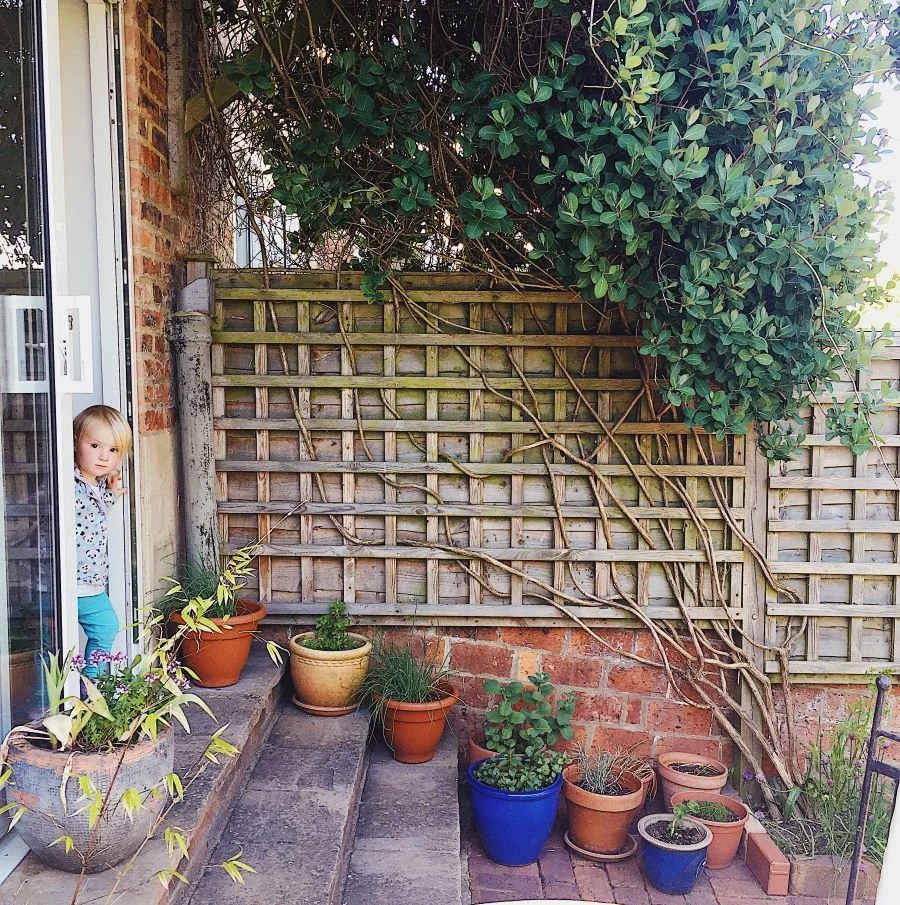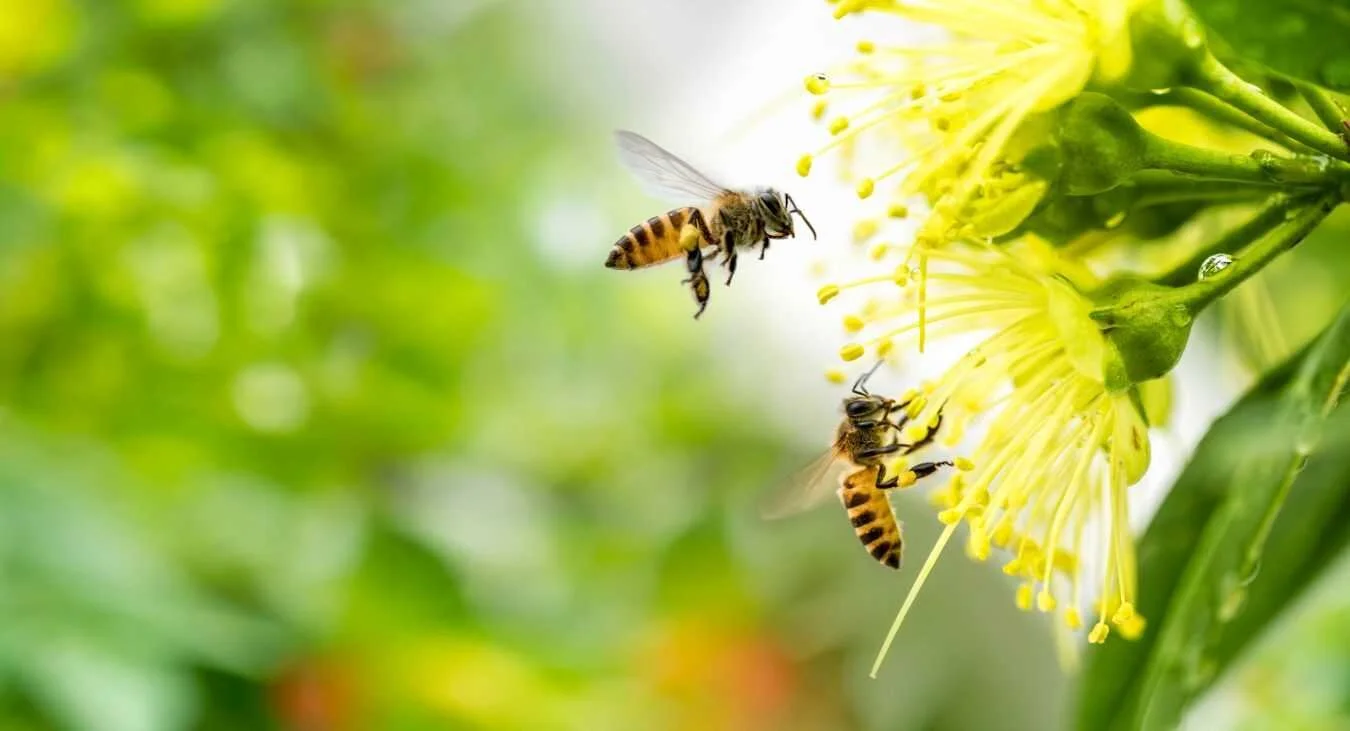Is No-Dig Gardening Worth it?
No-dig gardening movement has gained a lot of traction in recent years. Maybe you’re a beginner and want to know if this is how you should be doing things. Maybe you’ve gardened for years and are reluctant to change your gardening way now. Or maybe you’ve dipped your toes a little into the world of no-dig but are wondering if it is really worth it? Should I jump right in and be completely no-dig?
Well, I’m here to convince you, with the science of it, and my humble experience of it being so much easier with very quick results, that no-dig gardening is very much worth it for 5 main reasons and one very big reason at the end.
Benefits of No-Dig Gardening.
1. Preservation of soil structure and microbiome.
2. Reducing weed growth and maintaining a weed-free space.
3. Retaining moisture and becoming drought-proof.
4. Promoting beneficial soil organisms.
5. Saving time and energy.
For those of you interested in the science of the above, let’s dive into what all this means and how it can help our allotments, gardens and even large-scale farms and agriculture.
1. How does no-dig gardening preserve the soil structure and microbiome?
Essentially, the idea behind no dig garden is to preserve the soil structure and all within it, which in turn gives us healthier soil. We achieve this in a number of ways.
Minimal soil disturbance.
Minimal soil disturbance is the backbone of no-dig gardening. The traditional practice of digging the soil (also known as tilling) was thought to aerate the soil and help to dig up weeds. However, we now know this practice disrupts the soil’s natural structure.
Soil structure refers to the arrangement of soil particles and the pore spaces between them. Digging disrupts the soil structure, breaking up aggregates and compacting the soil. In no dig instead of digging we layer compost or another type of organic matter like manure on top of the soil, allowing it to break down and be taken down into the soil, which promotes a loose and crumbly soil structure, providing the perfect environment for plant roots and beneficial soil organisms.
Protecting soil structure allows the creation of humus.
When we add organic matter on top of the soil without disturbing the soil itself the microorganisms in the soil break it down. This creates something called humus. Humus is a stable and nutrient-rich form of organic matter. This is the stuff that will help your garden grow beautifully without the need for synthetic fertilizers.
Humus acts like a sponge, increasing the soil water holding capacity, aeration, and drainage. It also makes your soil look beautiful, crumbly, and rich.
After just one year of no-dig practice on my allotment I cannot believe just how much the soil have turned from dry and dusty to dark, rich, and crumbly.
Reduced soil erosion
By protecting the soil structure we help prevent soil erosion in a number of ways.
A layer of mulch act as a protective layer, shielding the soil from raindrops.
No dig increases water infiltration by absorbing and retaining water. This means the water is allowed to slowly soak the soil and penetrate deeply, reducing erosion.
By improving soil structure and conserving microorganisms the soil is bound together and less likely to erode. This also helps to prevent wind erosion because the soil does not become dusty. Think of the great dust storms in America in the 1930s. Yes, these were caused by drought but because the soil had been destroyed through tilling and agriculture there was no soil structure to prevent erosion and the great dust storms occurred. Source
2. Prevention of weed growth.
The practice of traditional gardening and digging the soil was always thought of as a good way to get weeds out, but what it is actually doing is bringing weed seeds to the surface and allowing weeds to thrive. When you add layers of organic matter on top of the soil it creates a natural weed barrier by smothering the weeds and blocking out their sunlight. Source
3. Becoming DROUGHT-PROOF.
This is one that will matter more and more to us as temperatures rise due to climate change. Last year was my second summer season with a no-dig allotment and my first growing several crops. It was the hottest UK summer on record with temperatures in parts hitting 40 degrees. We had hose pipe bans. Areas that I had only just created beds on that winter and planted straight into didn’t get watered at all, apart from when I water freshly planted seedlings. I repeat I did not water at all part from new plants becoming established. And yet everything thrived. No-dig gardening saved my crops and saved my arms from carrying heavy watering cans due to the hose pipe ban. But how?
No-dig gardening makes your soil like a sponge. It soaks in water and can retain that water, at the same time improving drainage with lots of aeration and holes just like a sponge. This allows water to penetrate deeply, meaning plants can access water stored deep in the soil. This in turn also promotes healthy growth because the plants have longer and deeper roots, making them even more drought-proof. Sources
Whereas if you are watering little and often the plant roots will stay shallow in the soil because they have everything they need right there. They do not need to grow deep and strong. This makes them reliant on your consistent watering.
The soil on my allotment may currently look slightly dry due to weeks without rain but dig down just a few inches and it feels moist.
4. The protection of soil biology and beneficial soil organisms
Within healthy soil you will find a diverse community of microorganisms including fungi, bacteria, nematodes, protozoa and earthworms. These play a crucial role in the nutrient cycle, organic matter decomposition, the absorption of carbon and overall soil health. Digging/tilling exposes these microorganisms to oxygen, drying them out and disrupting their habitats. No-dig gardening prevents this from happening.
By protecting this soil biology you are also allowing the fungal networks to thrive. These beneficial fungi form intricate networks within the soil, connecting plants and facilitating the exchange of nutrients and water. That’s right plants are quite literally talking to each and we as humans are only just beginning to understand the complexity of it all. Amazing right?
Earthworm activity
Now the one we all do know in our soil biology is the humble worm. We want to protect their home too because they are one of the most important engineers in all of this. Ther burrow through the soil, creating the channels I have been talking about that help aeration and water infiltration. Earthworms also digest organic matter, breaking it down. It’s these guys that will help take the compost we layer on top of the soil down, turning it into nutrient-rich castings. Essentially, worm poo but hey, it’s all good nutrients.
Helping to reduce pest problems.
Within healthy soil biology you’ll also find predatory insects, nematodes and mites. These are good news because they help maintain pest populations and balance within the ecosystem. This reduces our need to use pesticides and other chemicals to try and control pest problems.
5. Saving time and energy.
It seems sometimes no-dig can take time and energy to set up. Especially if you’re starting from scratch with a space like an allotment or a new garden that has no beds in it. You will need to source a lot of cardboard and mulch, and you may find walking back and forth with wheel burrows of wood chips hard. Having said that digging the soil is just as hard and will need to be done again and again if your rotivating an allotment yearly. Plus, you’ll be weeding a lot more if you choose to dig the soil.
No dig gardening in the long run saves a lot of time and energy. It reduces weeding, reduces watering, and reduces time spent feeding with fertilizers or using pesticides. Overall, it is a much easier option.
What are the environmental benefits of no-dig gardening?
Applying the no-dig principles is great for us for all the reasons I have gone through above and if more and more adopted this method could have massive benefits to our environment and climate. But what if it was adopted on an even bigger scale? Like across the whole agricultural system?
Here at the main benefits no-dig gardening can have on our environment on a huge scale.
Carbon sequestration.
No dig gardening can contribute to carbon sequestration, helping to actually mitigate climate change. This is done because healthy soil biology promoted in no-dig gardening enhances the soil’s ability to capture and store carbon.
A groundbreaking documentary called “Kiss the Ground” currently on Netflix explains how this type of gardening and farming would lead to a mass drawdown of carbon from our atmosphere. Actually, quoting that “if we achieve drawdown in 20-30 years, we will have the beginnings of cooling.” Think about that! That would mean in my lifetime we would have the reverse effects of climate change if this happened on a large scale. The thought makes me giddy with hope.
Reducing the need for chemicals, fertilizers, and pesticides.
No-dig emphasizes organic and natural practices reducing our need for fertilizers and insect-killing pesticides. Use of these only reduces life in the soil and increases on the need for them year on year. Such chemicals also run off into waterways and surrounding ecosystems creating an even bigger environmental problem. Reducing our need for them would be a huge step in increasing the bio-diversity of many areas. No-dig methods are a solution to all of this.
Water conservation
As talked about already no-dig methods of gardening help to conserve and store water in the soil by improving the soil structure. But there are other factors that help conserve water within no-dig too. When soil becomes compacted in no-dig gardening or farming it is hard for the water to penetrate it causing rain to runoff. This again is mitigated with a healthy soil structure. Layers of mulch on top of soil also help to prevent evaporation and conserve water within the soil. Making all crops and plants much more drought resistant, as well as saving money on water bills. Source
Reduced costs, waste reduction and recycling
No-dig gardening encourages the use of organic materials such as compost, kitchen scraps and garden waste as a source of fertility. By recycling these materials back into your garden or farm you are not only reducing your waste but it becomes a valuable and free resource. This could make a huge difference to farmers who spend £1000’s on fertilizers and pesticides.
I remember being shocked watching the news that the price of fertilizers had gone through the roof when the war in Ukraine started. Farmers could not afford the fertilizers they were previously using, the news then talking about them having to turn to compost in order to save money like this was a bad thing. You can imagine me naturally shouting at the TV.
Challenges of No-Dig gardening.
There are two drawbacks to no-dig gardening.
Initial set-up.
This can be a little time-consuming, though no more than digging over new beds. If you already have a garden, allotment or veg patch already set up then it’s easy. Just stop digging and add some organic matter on top of what you already have. If you’re taking on a new space then you going to need to set up beds with cardboard and mulch. This can take a few wheelbarrows and a lot of pulling plastic bits of cardboard but once you’ve made a plan it doesn’t take long at all.
Sourcing sufficient organic materials
This can be the trickier bit for people if you’re just starting out and do not have enough compost, which to be honest I don’t know anyone that really manages to make enough compost for an entire allotment plot.
Personally I do make enough at home for my small garden but I do have three compost bins, but at the allotment, I need to buy in manure.
This is cheap to do and a farmer can deliver a truckload to you, you’ll just need to leave enough space for this if possible. This could be harder in a house with a hard-to-reach garden.
Take a read of my article “How to source organic matter for no-dig beds.”
Read: “Starting a zero waste, eco-friendly allotment.”
“Cheap and sustainable garden landscaping.”
Now I truly hope if you’ve made it this far you are completely convinced that no-dig is100% worth it and you’ll give it a try at home because you really will see life come back into your little space and will reap the benefits for years to come. And you never know, if we all do it the planet could reap the benefits too.
MORE ARTICLES YOU MIGHT FIND USEFUL…
How to Source Budget Organic Plants. Garden for Free




































Growing garlic organically on a no dig allotment. The best and easiest way to grow garlic.